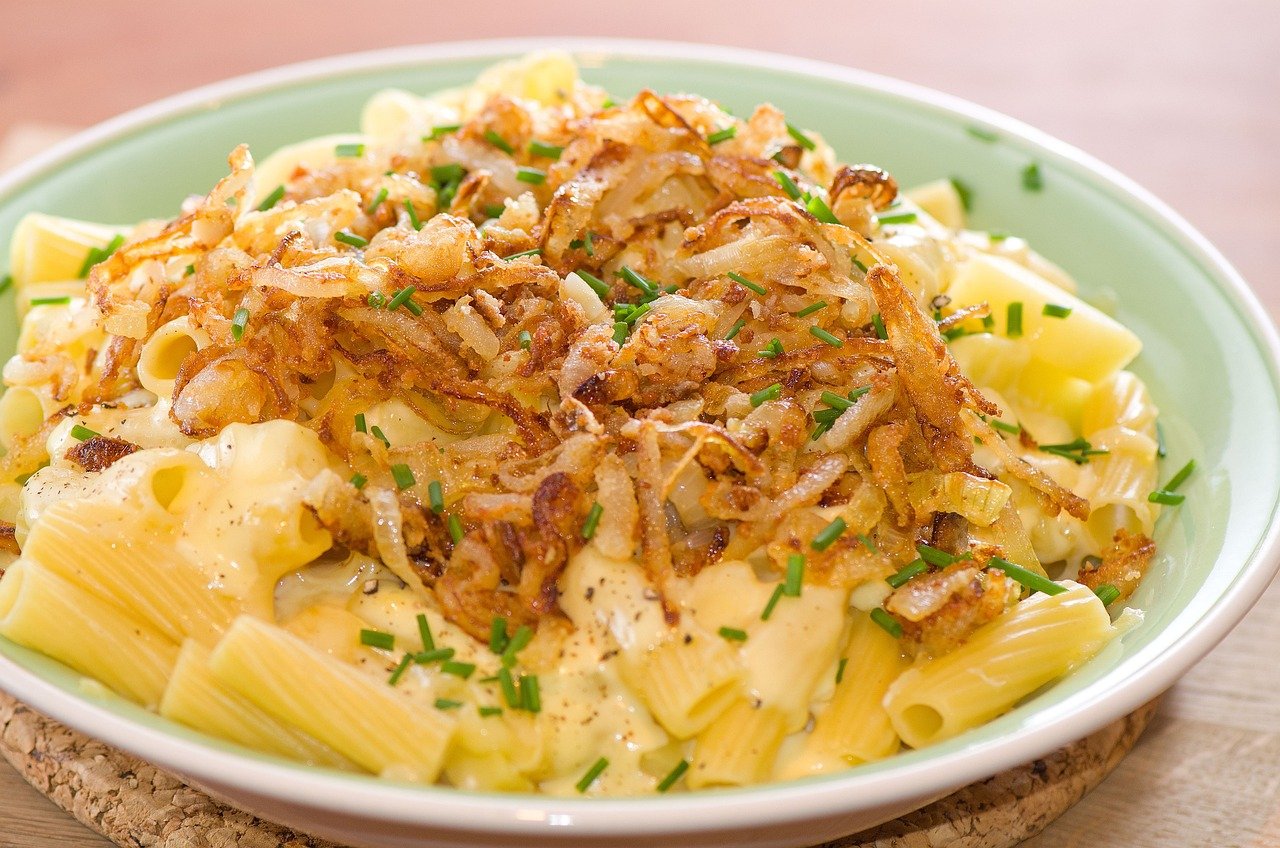If you wandered through a Tesco aisle recently, chances are you noticed “mac” – shorthand for macaroni cheese – popping up everywhere. The classic comfort dish sits at the heart of several trending stories in the UK, fuelled by food safety alarms, bold new flavours, and the ongoing struggle with rising grocery costs. Let’s unpack what’s behind the latest surge of attention and why macaroni cheese is more than simply a midweek treat.
Tesco’s Mac and Cheese: Safety Recall Sparks National Concern
The nation’s biggest supermarket, Tesco, has landed squarely in the headlines after initiating a sweeping recall campaign for select ready-made meals, some featuring macaroni cheese, due to fears of listeria monocytogenes contamination. The Food Safety Authority and Tesco acted quickly after detection at Ballymaguire Foods, a major ready-meal supplier. Over 100 products were yanked from shelves in July, including entries from Tesco’s premium “Finest” range and popular “Meals Made Easy” options.
Authorities have urged consumers to check their fridges and freezers, with vulnerable groups – expectant mothers, the elderly, and those with compromised immune systems – at heightened risk. Listeriosis can cause flu-like symptoms and, in rare cases, life-threatening complications. Some symptoms might not appear for up to three weeks. Tesco stores have placed point-of-sale notices and asked customers to dispose of affected products rather than return them to shops. The recall highlights the serious commitment of UK retailers to consumer safety and the strength of the country’s food monitoring systems.
Macaroni Cheese Prices: A Barometer for the Cost-of-Living Crunch
As the cost-of-living crisis bites deeper, even everyday staples like macaroni cheese reflect the price pressure facing UK shoppers. Recent price checks reveal a subtle but steady climb: Tesco’s ambient ready-meal macaroni cheese now sells for £1.25, up from £1.10 a few years ago. Premium options, such as Tesco Finest Mac & Cheese with Black Summer Truffle, retail at £4.75, often driven by Clubcard offers. Consumers notice the change not just at the till, but in the overall squeeze on household budgets for comfort food.
Comparing basket prices over the past three years, Brits have watched food inflation erode spending power, with pasta sauces and basic ingredients like cheese following suit. The mac and cheese price climb sits alongside similar increases for other family staples – orange juice, bread, and even broccoli have all gone up noticeably. The dish acts as both a comfort food and a cost indicator for many families.

Trending Flavours: Classic Mac Meets Cheesy Innovation
Despite recalls and inflation, cheese remains a British favourite, and brands are pushing the limits with creative twists. Tesco, alongside snack giant Walkers (PepsiCo), launched Wotsit-inspired mac ‘n’ cheese this spring. The product caused quite a stir for its unmistakable cheese crisp flavour, available in “Really Cheesy”, “Sweet & Spicy”, and “Flamin’ Hot” varieties. Social media exploded with reviews and excitement, with some TikTok users describing it as “banging” and “a must-try.”
The Wotsits Mac ‘n’ Cheese comes as meal kits retailing from £3.25 to £4, tapping into the surge in ready-meal popularity and targeting younger, impulse-driven shoppers. Recent figures suggest branded ready-meals are seeing a 7% YoY increase in sales – a testament to Britain’s love affair with instant comfort food and willingness to try new flavour profiles, even during strained economic times.
Mac and Cheese in Popular Culture: Convenience Meets Viral Appeal
Macaroni cheese’s ascent extends beyond the supermarket shelf. High street giants like Greggs have capitalised on the craze, offering their twist, loaded with both Cheddar and Red Leicester, crunchy ciabatta breadcrumbs, and parsley topping. The product is baked fresh and sold in 300 shops across the UK, feeding demand stoked by TikTok trends and viral food challenges.
Whether in branded ready-meals or innovative bakery dishes, mac and cheese has become an accessible treat even as many Britons cut back on dining out. Its popularity is boosted by its nostalgia – a dish people grew up with – and its adaptability to flavour trends. This makes it a fixture in British households, cited in both social media conversations and supermarket sales bulletins.
What Does the Macaroni Cheese Trend Say About Britain?
Macaroni cheese is more than just pasta in a cheese sauce. Its evolving place in the UK news cycle tells us about changing food preferences, the realities of food safety, and the strains of the current economic climate.
Safety recalls remind us that rigorous food monitoring remains a public health priority. Price hikes reflect the broader struggle to keep kitchen cupboards stocked. Flavour innovations and viral social posts show that Britons still crave culinary excitement, even on a budget. And above all, the dish’s ongoing popularity proves that comfort food has a unique power to bring people together during tough times.
As Britain faces the future, don’t be surprised if the humble “mac” continues to spark conversations on news feeds and dinner tables alike – creamy, cheesy, and unashamedly comfortable.
Read more: glasgow weather




